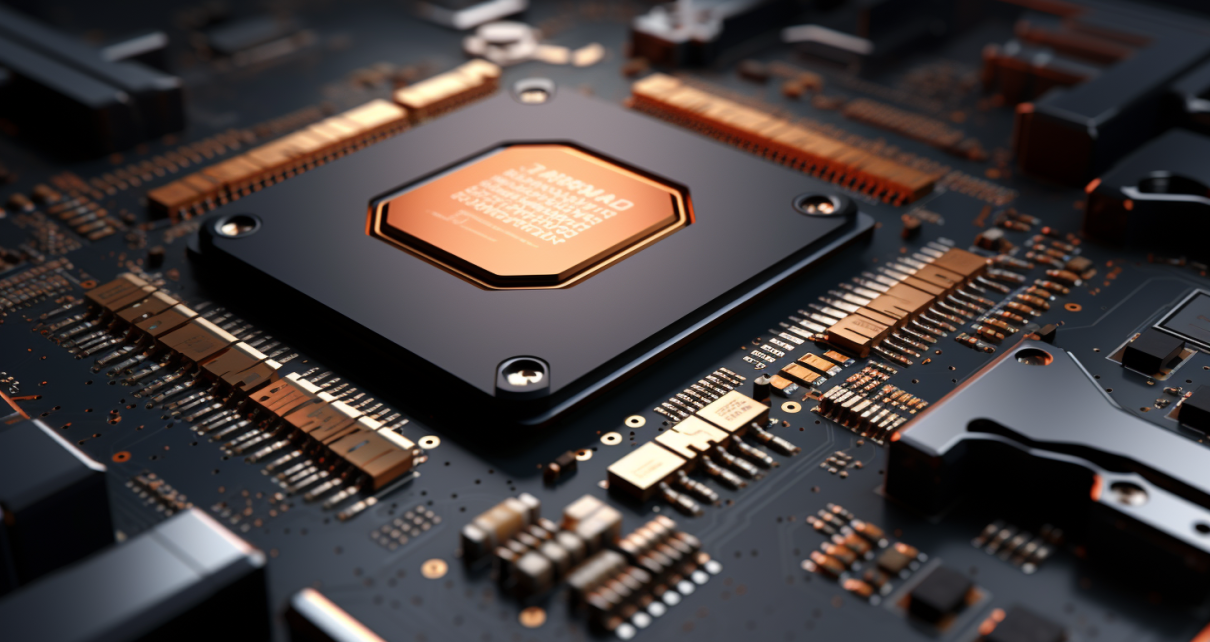In the rapidly evolving world of mobile technology, the competition between chipset manufacturers has never been more intense. Two of the most talked-about contenders in this arena are the Google Tensor and the Samsung Exynos 2100. Both chipsets have made significant waves in the market, but how do they really compare? This article delves into the intricacies of these two powerhouse processors, offering a fresh perspective on their capabilities and performance.
Performance Showdown
At the heart of the comparison between the Google Tensor and the Samsung Exynos 2100 is their performance metrics. Benchmarks such as AnTuTu and Geekbench provide a quantitative measure of their capabilities. The Google Tensor, with its Mali-G78 MP20 GPU, showcases impressive floating-point computation performance, outperforming the Exynos 2100 in AnTuTu benchmarks with scores of 945K versus 863K, respectively. This indicates a slight edge in handling complex computational tasks and graphics rendering.
The Exynos 2100, however, is not without its merits. It boasts a slightly faster CPU speed and a better instruction set architecture, which could translate to more efficient execution of certain types of software instructions. This makes it a formidable competitor, especially in applications that rely heavily on CPU performance.
Battery Efficiency and Gaming Performance
Battery life and gaming performance are critical considerations for mobile users. Both the Google Tensor and the Samsung Exynos 2100 demonstrate commendable efficiency in battery consumption, with similar scores in battery life benchmarks. This efficiency is crucial for users who demand longevity from their devices without compromising on performance.
When it comes to gaming, both chipsets are equipped with Mali-G78 GPUs, though the Tensor’s MP20 variant suggests a potential advantage in rendering complex graphics. This could mean smoother gameplay and better overall gaming experiences on devices powered by the Google Tensor.
A New Era of Mobile Computing
The comparison between the Google Tensor and the Samsung Exynos 2100 highlights the rapid advancements in mobile processor technology. Each chipset brings unique strengths to the table, from the Tensor’s superior floating-point performance to the Exynos 2100’s faster CPU speeds. As manufacturers continue to innovate, the beneficiaries of this technological race will undoubtedly be the consumers, who can look forward to more powerful, efficient, and capable mobile devices.
FAQ
What is a floating-point computation?
Floating-point computation refers to a method of representing real numbers that can support a wide range of values. It’s crucial for tasks requiring high precision, such as scientific calculations and 3D graphics rendering.
What is an instruction set architecture (ISA)?
ISA is a part of the computer architecture related to programming, including the types of data processed, the instructions used, and how they are executed by the CPU. It serves as the interface between software and hardware.
What does GPU stand for?
GPU stands for Graphics Processing Unit. It’s a specialized electronic circuit designed to accelerate the creation and rendering of images, videos, and animations. It plays a critical role in gaming performance and graphic-intensive applications.
Explanations of Used Terms
– AnTuTu and Geekbench: These are benchmarking tools used to measure the performance of CPUs and GPUs in devices, providing scores based on their computational and graphical capabilities.
– Mali-G78 MP20/MP14: These are models of GPUs designed by ARM, with the MP20 and MP14 indicating the number of cores. More cores generally mean better performance in graphics-intensive tasks.
This fresh perspective on the Google Tensor vs Samsung Exynos 2100 comparison sheds light on the nuances of mobile processor performance, offering insights into what makes each chipset stand out. As the competition heats up, the future of mobile computing looks brighter than ever.



